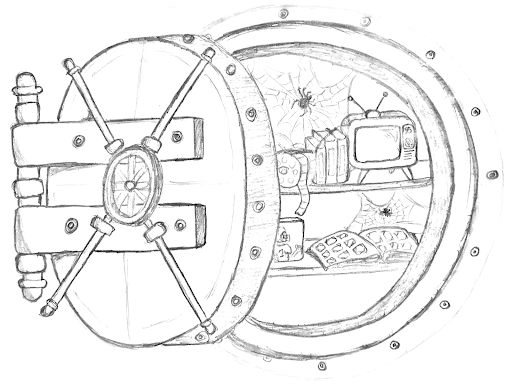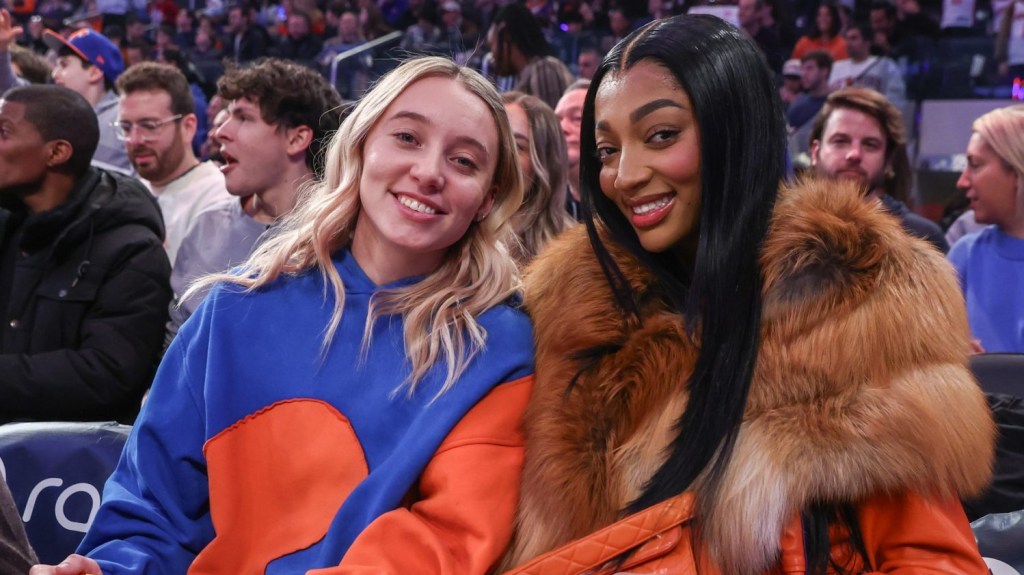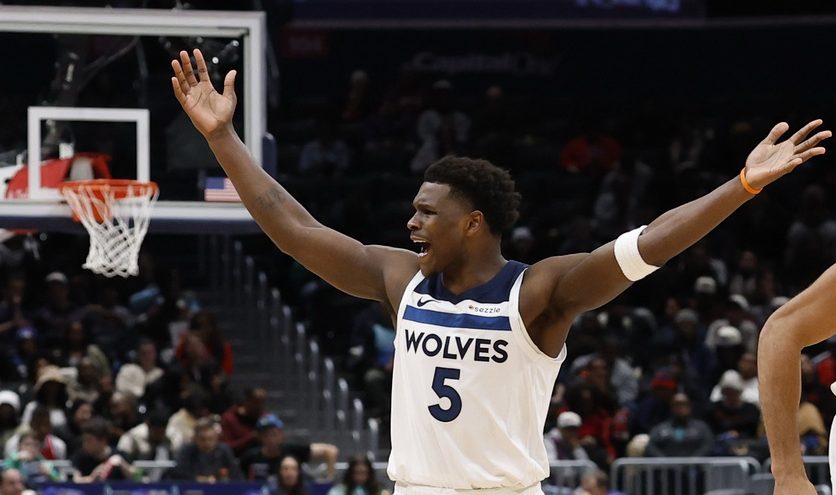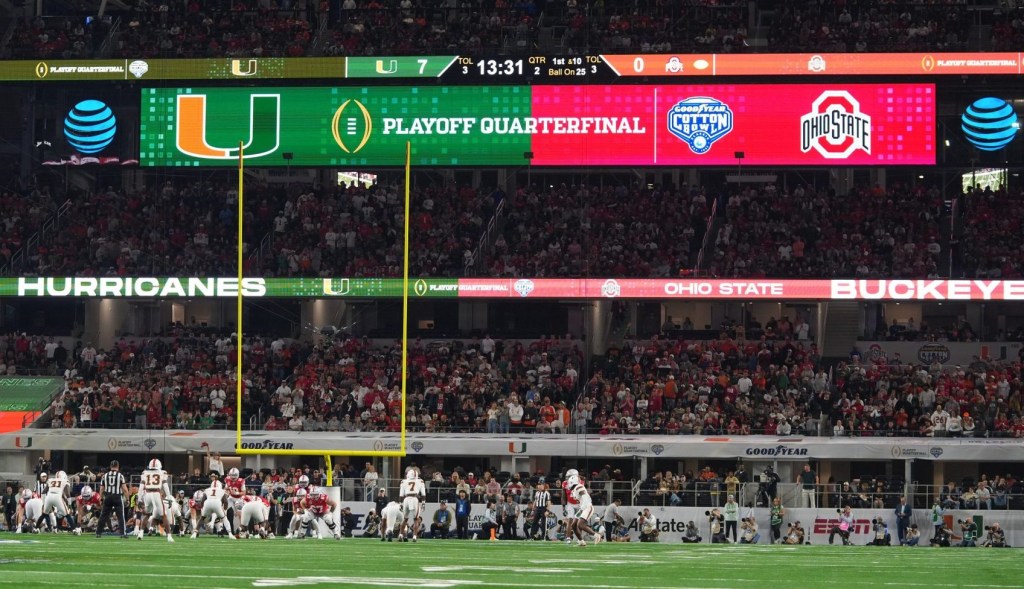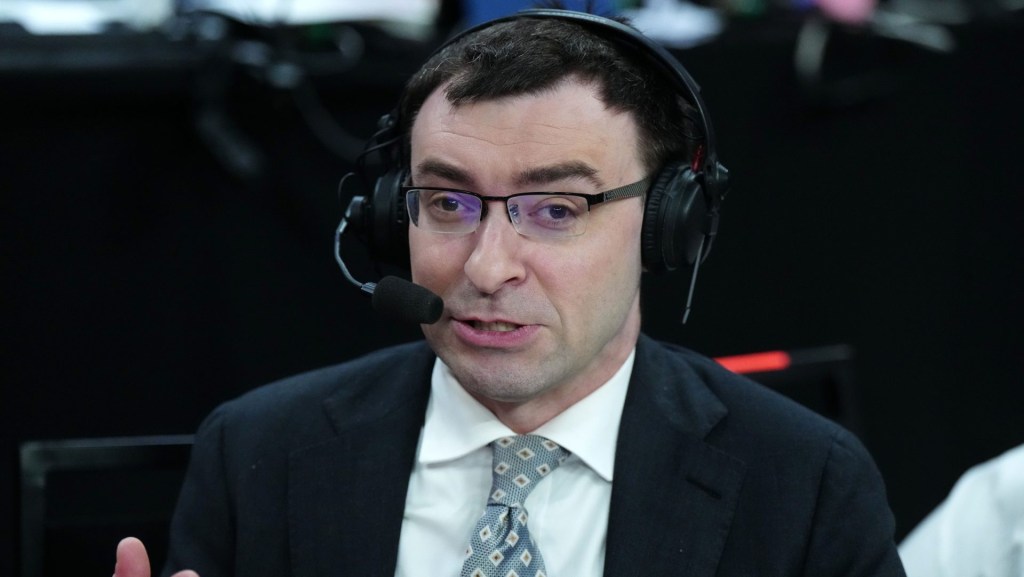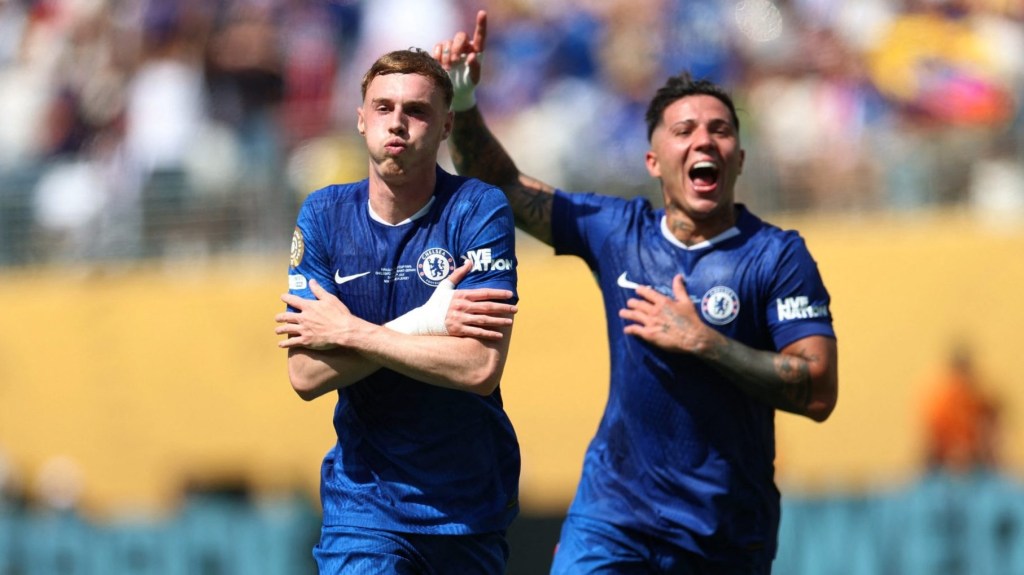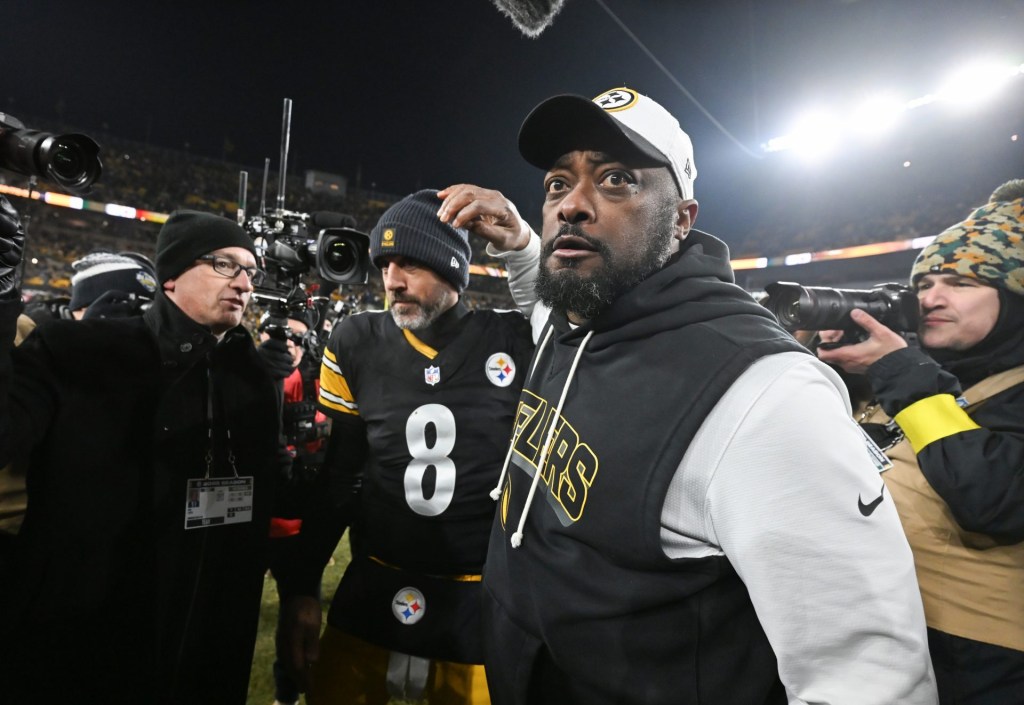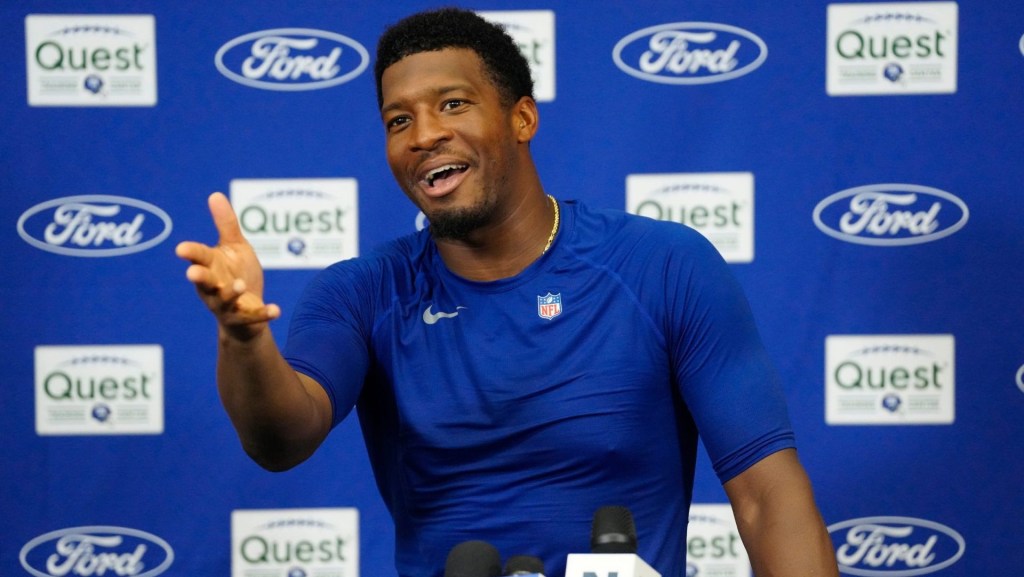
This is the third and final part of a three-part series presented by opendorse that examines the future of athlete-driven media. Part one can be found here and part two can be found here.
By now, you’ve heard me preach about the unmatched bond between sports stars and their fans. You understand athletes’ proven power on social. And you know there is a problem.
Let’s solve it.
To understand, I’ll take you back to the athletes vs influencers comparison. There are more similarities than differences.
First, the similarities:
Influencers create content.
Athletes create content.
We want it all — we’re much more bought into people than publishers or properties. The faces in the feed slow your scroll, not the logos.
Whether it’s a Fortnite Star or future hall of famer, people-driven content will have a bigger impact on fans than any brand could wish to reach.
Now, the difference:
Influencers own the content they create.
Athletes do not own the content they create.
There’s good reason that you can’t open the ‘Gram without seeing an influencer promoting a brand.
So what’s the difference? Influencers are creators. They’re marketers. They market themselves by creating and sharing content because they have access to every piece of content they create. They curate and create the content brands want to share with their personal audience.
Same, same, but different.

Say Cheese! (Illustrations done by Blake Lawrence)
Here’s the real mind-blower: Athletes are the OG Influencers. They don’t need selfie sticks, green screens, webcams, or Twitch streams. They already have an entire industry with the best content production in the world. An industry built to capture the content they create every day.
From the walk-in to the warm up, the first whistle to the last, the interactions on the bench to the interviews with broadcasters… players put their personality (and athletic prowess) on display for those around them.
SEE MORE: From the Field to Your Feed: The Foundation and Future of Athlete-Driven Social Media
Equipped with endless cameras, lighting rigs, and editing programs, properties and publishers are right there beside the players, capturing all of the content athletes could ever need to keep their feeds active and fans engaged.
But, of course, the problem remains — they don’t have access to it.
These athletes build careers pursuing their passions and the lucky ones are compensated handsomely for it. They perform in a box, their clips are captured and the story of their game, their season, or career is only shared if it reaches a certain level of significance.
Video and photos of those significant moments or milestones (think: highlights) are shared a minimum amount of times needed to create the maximum amount of value for the property or publisher.

It’s time to unlock the content. (Illustrations done by Blake Lawrence)
The rest of those endless hours and bytes of content? It just gathers dust.
The thousands of photos of your favorite local player at practice? Not found in a gallery.
The pancake block by that beast lineman who went to your school? Didn’t make the highlights.
That first play of your friend’s second cousin who finally made it to the pros? Can’t find it.
The content is there. It’s quality. It’s just not shared because it doesn’t fit the narrative or filter of the nearest property or publisher.
And that’s okay! Not every video, every picture should be shared by teams, leagues, or media entities. But it should be shared with the athlete it features.
As fans of people first, we’re left picking up the scraps of content. We get a piece or two from the athletes we love when they have a brief moment to turn the camera around to show their lives outside the lines. That’s it.
They play. They perform. They produce.
Yet the content created by so many stars in sports is left to sit on the shelf.
We’re okay
We’re okay. This is new for all of us. It’s not intentionally neglected. This reality has existed for five years.
In the past, the abundance of content was captured and shared in one live broadcast.
First radio. Then the radio shared a few clips after games.
Then TV. Then television stations began to share an entire game’s narrative in minutes — highlights.
Then the internet. Our highlights got more personalized, more accessible, and in some cases, longer.
As more channels emerged, more content was given to fans.

We can get content wherever we want now. (Illustrations done by Blake Lawrence)
Then social emerged as the always-on channel. Fans now expect content to be delivered into their feed from their favorite teams and leagues every day of the year.
Today, more sports content is getting through the filter and into our feeds than ever before. Not because we’ve lifted the filter, but because more channels exist.
And it’s not stopping.
We went from radio, to tv, to internet streams, to OTT and 24-hour social channels. More places are putting content in our faces than ever before. We are experiencing more great sports moments because more moments are being captured. It is a great time to be a sports fan.
SEE MORE: Going Social: The Foundation and Future of Athlete-Driven Social Media
It feels like we are at peak content distribution.
I think back to the last sporting event I watched. It was a Nebraska football game. It wasn’t pretty. But I had to support the alma mater, ya know?
Anyway — here is a rudimentary breakdown of where the content from that game ended up:

Athletes need access to the content. (Illustrations done by Blake Lawrence)
Pretty solid amplification of a game that carried little weight in the national college football conversation.
But more than 80% of the content captured that Saturday is sitting on a shelf somewhere.
The fourth-quarter touchdown from the walk-on running back didn’t make the Top Ten.
That is not surprising.
ESPN doesn’t deem it national news.
Big Ten Network doesn’t consider it a big deal.
Nebraska wants to forget the game altogether.
But to that student-athlete… that is a play he will never forget.
The walk-on with more followers (5,182) than the population of his hometown (1,599).
The pride of Albion, Nebraska hasn’t posted on social since that life-changing moment.
He doesn’t have access to the content he created.
But he should.
Athlete handles are channels.
They are the freshest place for properties and publishers to push content.
For hundreds of years, properties and publishers have found ways to maximize the value of the media they create or capture.
When property-owned or publisher-purchased assets enter an athlete’s feed, everyone wins.
When we consider the potential to return sports content back to its truest creators — athletes — every piece of sports content has a place to live. Forever.
The future.
To understand the future of athlete-driven social media, we must remember its roots and respect the reality of today’s personality-obsessed digital culture.
When we scroll through social, we see faces we want to be and places we want to see. The stories being shared are carefully crafted by creators asking for our attention. We can’t ignore influencers — they are beating the algorithm while athletes are busy beating the opposition.
The source of an athlete’s influence is not the selfie-stick. It is in the way they shine on the field of play — in how they push themselves to perform at a level many of us aspire to reach but could never attain.
Athletes have what most other influencers do not: an authentic relationship with a pack of people with built-in passion and pride for the players who represent their community.
The connection stays alive as an athlete grows from local standout to legendary superstar. And if their career is cut short, the support doesn’t stop.
Understanding this, properties and publishers are producing more athlete-centric content than ever before. As a whole, the sports media community is doing a great job sharing the stories of stars while they are on the big stage.
Between competitions, we (fans) are showcasing our pride for our favorite players by pressing ‘like’ or ‘share’ on the posts coming directly from the source. We engage at a 6x higher rate when social media content is athlete-driven.
The fan in all of us wants to see more moments from the players who brought us to sports in the first place.
The data proves it.
But players struggle to provide us with the content we can’t live without.
The data proves that too.
To increase the frequency of popping up in our feed, athletes need assets.
The good news…the assets already exist.
The bad news…they are sitting on a shelf, under lock and key.
But they won’t be locked up too much longer.
I believe in a future where properties, publishers and players work together to share their stories. Where content flows freely from the field to our feeds, choosing the path that maximizes its value for all parties involved.
We can create this future together.

We can do this together! (Illustrations done by Blake Lawrence)
Here is my plea to properties and publishers:
Share content with athletes.
Tap into the most valuable distribution network in sports.
Turn remnant inventory into value for every level of your organization.
Athletes don’t need to create more content.
They need access to the assets in your archives.
You have the keys to the future.
Remove the locks.
Lift the gates.
Spread the wealth.
You’re going to love the future of athlete-driven social media.
And you’ll be surprised to find that success in the future doesn’t require much effort.
All you need is…
open doors.
….
Wow.
I did it.
It took me 3,500+ words to build up that pun.
Incredible pun though, am I right?
On a more serious note, thank you.
The people of the #smsports community have been such a big part of our path at opendorse. We’re nearing our 6 year anniversary and each day since the first, we have been on a mission to make athletes more accessible. The most common question we’ve received along the way is ‘Why athletes?’. Welp, this series is my attempt at answering that question in the most thorough way possible. We care about these people, and love to work with partners who do too. If you’ve ever taken a phone call or meeting with any of our team since 2012, I appreciate you. You didn’t have to take the time. You didn’t have to reply. But because you did, you helped us move a little closer to where we are today. Our team of 25 (and growing) is proud to help 4,500+ athletes around the world share content on social every day. If you want to know how we do it, or if we can help your organization, shoot me an email blake@opendorse.com. My emails have slightly less illustration, alliteration and puns, but I will certainly attempt to entertain all inquiries.
This is the third and final part of a three-part series presented by opendorse that examines the future of athlete-driven media. Part one can be found here and part two can be found here.
(*opendorse is a proud partner of Front Office Sports)
